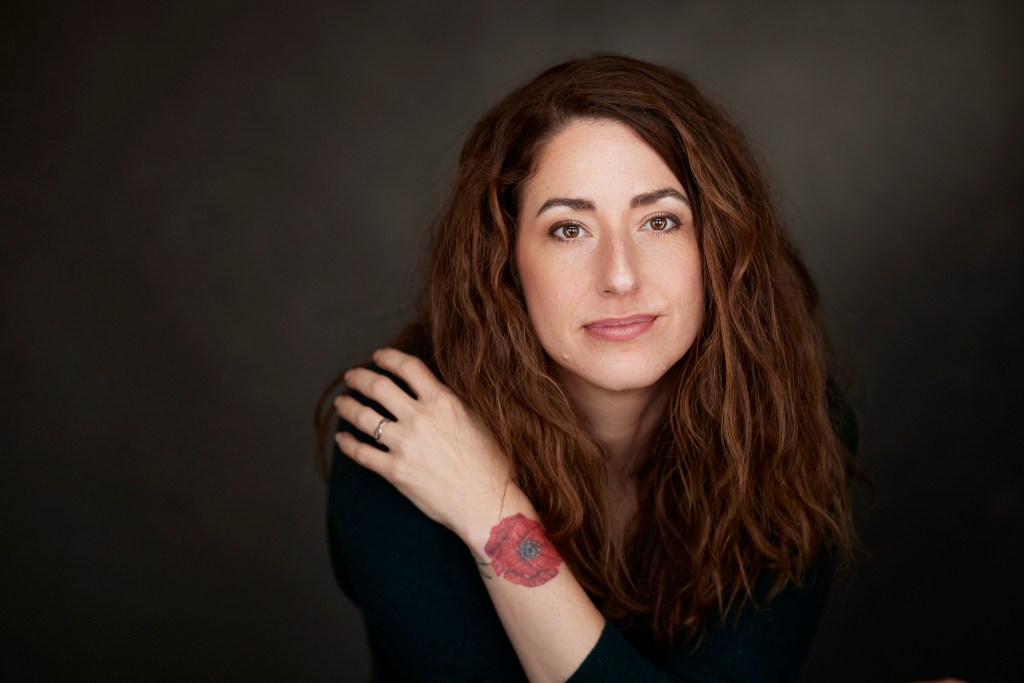An Indelible Mark: A Guest Post by Shannon K. Evans
The spirituality and culture editor at the National Catholic Reporter, author Shannon K. Evans has written a book honing in on six women mystics throughout history. Read on for her exclusive essay on writing The Mystics Would Like a Word and check out her coinciding Spotify playlist.
The Mystics Would Like a Word: Six Women Who Met God and Found a Spirituality for Today
The Mystics Would Like a Word: Six Women Who Met God and Found a Spirituality for Today
In Stock Online
Hardcover $26.00
Six women with six distinct connections to God. What better way to move yourself closer to your faith than by following their example?
Six women with six distinct connections to God. What better way to move yourself closer to your faith than by following their example?
Women have been creating the contours of our literary inheritance for centuries, despite
their lack of recognition in the canon. When I set out to write a book about the
contemporary relevance of historic female mystics, what I assumed would be a spiritual
exploration turned out to be just as much a primer on our literary foremothers. I
immersed myself in the published works of six visionary women who left an indelible
mark, not just in people’s spiritual lives, but equally in literature.
Teresa of Avila, in the late 1500s, penned The Interior Castle, now widely regarded as
one of the great masterpieces of the mystical tradition. While none have matched her
insights on prayer as a descent into the Self, reading Teresa’s words nevertheless
reminds me a bit of listening to my grandma: she’s practical, resourceful, and quick to
offer common-sense advice to existential questions.
As an anchoress in 14th century England, Julian of Norwich spent her adult life in a cell
built around her on the side of a church. Extreme, yes, but all that free time paid off:
Julian had a series of visions so arresting that she was compelled to write them down,
going back to edit and elaborate them twenty years later. The Showings manuscript is
considered the first book written by a woman in English.
If we’re talking about historic firsts, we must talk about Margery Kempe. This feisty
mother of fourteen claims the title of the first memoirist – male or female – in the English
language. The Book of Margery Kempe brilliantly pioneered the genre of autobiography:
visions of epic proportions, a midlife (married!) vow of chastity, spiritual pilgrimages to
foreign lands, interrogations from hostile bishops, and dramatic bouts of public weeping
all make for a pretty juicy read.
Then there’s Hildegard of Bingen, the patron saint of writers. During her boundless
creative life in the 1100s, this woman wrote on topics ranging from botany to theology to
theater to gynecology. One of the greatest minds ever to grace the planet, Hildegard
wrote nine books, the most well known being Scivias, her mystical treatise that would go
on to influence thinkers like Carl Jung.
As a woman in my forties, I was pleased to learn that most of these formidable figures
didn’t really step into their giftedness until middle age. The exception was Thérèse of
Lisieux, who died in 1897 at age 24, but not before writing her life’s story and spiritual
experience in three parts. Story of a Soul has now been translated into dozens of
languages, read by millions, and earned its author the distinction of “Doctor of the
Church” for her contribution on the tender parental love of God. Thérèse is one of only
four females to boast the title.
In my book, The Mystics Would Like a Word, I explore how these women used writing to
develop a faith of startling prescience; one big enough to hold the female experiences of
sex and desire, the yearning for bodily autonomy, the challenges of motherhood and
identity, and life with male authority. These heroines’ self-determining, trailblazing
literary contributions demand that we ask ourselves: What is the art the world needs me
to make today?

